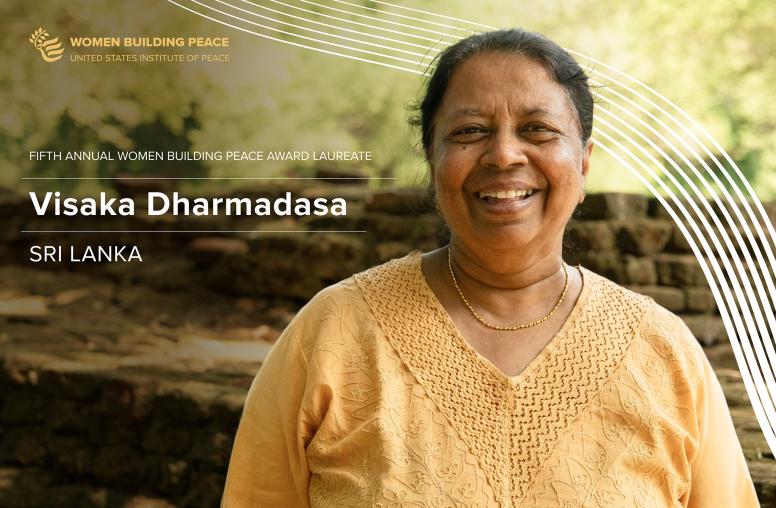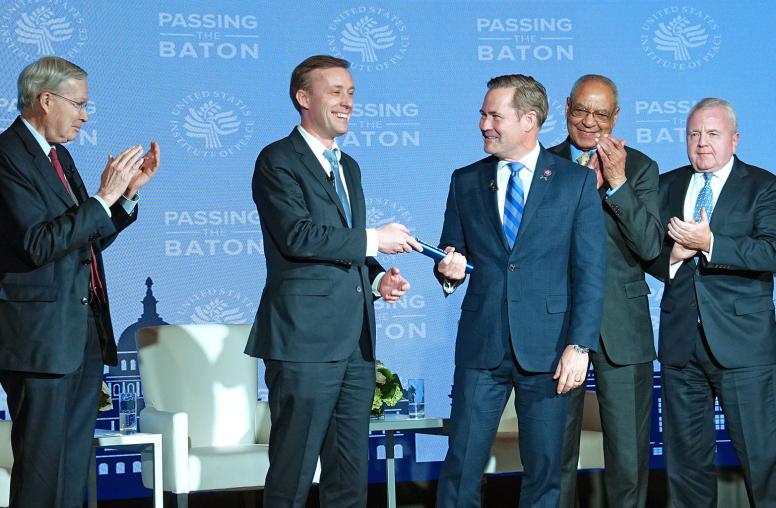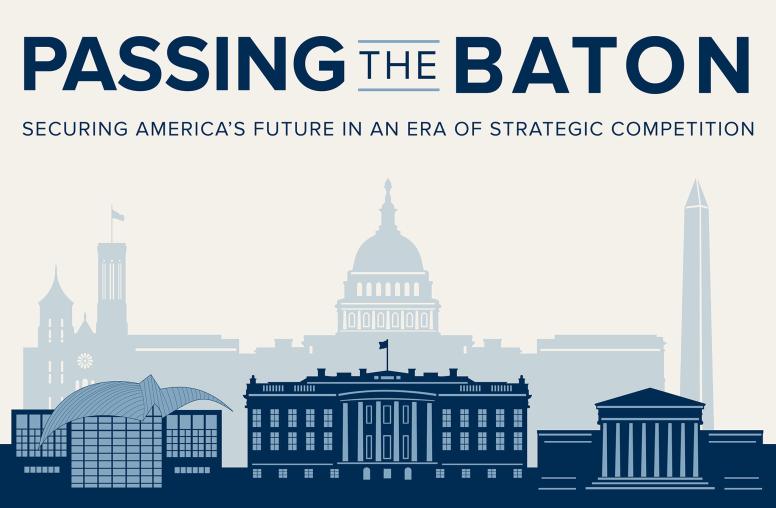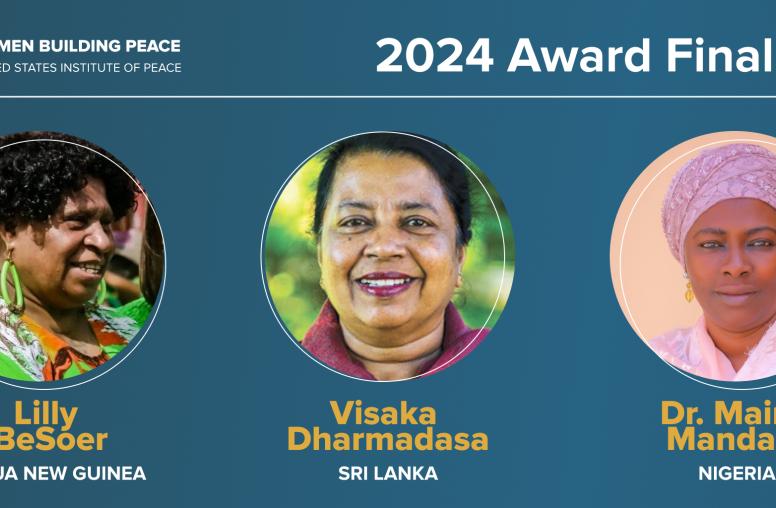Institute of Peace Prepares for Further Growth
WASHINGTON – The U.S. Institute of Peace recently unveiled a new organizational structure designed to improve integration, promote innovation, and increase the impact of its work.
The new structure is built around three new strategic centers oriented to the goals of the Institute and the three major phases of conflict. These centers include the Center for Conflict Analysis and Prevention, headed by Dr. Paul Stares; the Center for Mediation and Conflict Resolution, headed by Dr. David Smock; and the Center for Post-Conflict Peace and Stability Operations, headed by Dr. Daniel Serwer. These centers will be responsible for coordinating the Institute’s conflict-specific work on places such as Afghanistan, Iraq, Korea, and Sudan. They will also conduct research, identify lessons learned, and oversee or develop new thematic programs such as the Institute’s existing Muslim World Initiative and Rule of Law Program.
“Injustice, interethnic and religious hatreds, and the new threats of terrorism and WMD fuel conflicts that affect our nation’s security and cause suffering throughout the world,” observed Richard Solomon, the Institute’s president. “The policies and institutions of national security developed to deal with the Cold War have proven ineffective in preventing or dealing with the conflicts of the current era. The Institute is positioning itself to innovate programs oriented to these new challenges and our new structure will help fulfill that role."
In addition to the three strategic centers, the new organization also includes several Centers of Innovation in areas such as Rule of Law, Religion & Peacemaking, and Virtual Diplomacy. The new organization includes the Institute’s traditional programs such as Education, Grants and Fellowship, and Training, which cut across the Strategic Centers and Centers of Innovation providing very specific subject-matter expertise. These traditional programs will work closely with the Institute’s three Strategic Centers to develop and execute integrated strategies for the Institute's work in zones of conflict.
“The Institute is moving into an important phase in its development – one that we hope will increase the relevance, impact and visibility of its work,” explained Patricia Thomson, executive vice president of the Institute and one of the primary architects of the new structure. “It is important that our organizational structure facilitate our work, and ultimately our ability to better fulfill our congressional mandate to help prevent, manage or resolve violent conflict around the world.”
For more information about the U.S. Institute of Peace, please contact the Office of Public Affairs and Communications.



